I’m writing this during a heat wave in June, 2021, as much of the US and Canada seem poised to experience yet another record-breaking hot summer.
Those who are not climate geeks might ask if this warmer-than-average weather is caused by climate change. In fact, weather is not climate. Weather is what happens day-to-day, where climate trends are long-term patterns based on historical records over large regions. I would be full of hot air if I told you that one early heat wave in any given region is directly caused by climate change.
As for long term weather predictions - will this summer be hot? Dunno. My magic 8 ball seemed to think so when I asked it, but we never know for sure. We can’t predict the weather next week, so never mind next month or beyond. Weather is just too complicated.
Global average temperatures are rising
But the simple truth is that global average temperatures have risen, and they’re projected to rise further. And a warmer atmosphere – even by a degree or two overall – makes for less predictable precipitation patterns and more intense storms. That’s why I prefer the term ‘climate disruption’ rather than ‘climate change’. However, we’re getting better at both short-term prediction and long-range projections, though neither is worth celebrating based on what we know.
Past climate records and sophisticated computer modelling of climate patterns help us assign risk for future weather events, and the most recent advances help us tailor these risk calculations to smaller and smaller regions, which is a process known as downscaling.
For example, cities in north eastern North America are reporting longer dry periods, punctuated by more severe storms that cause regular river and lake flooding. This in turn brings widespread basement flooding, as sewers were simply not designed for the volume of water they now must manage.
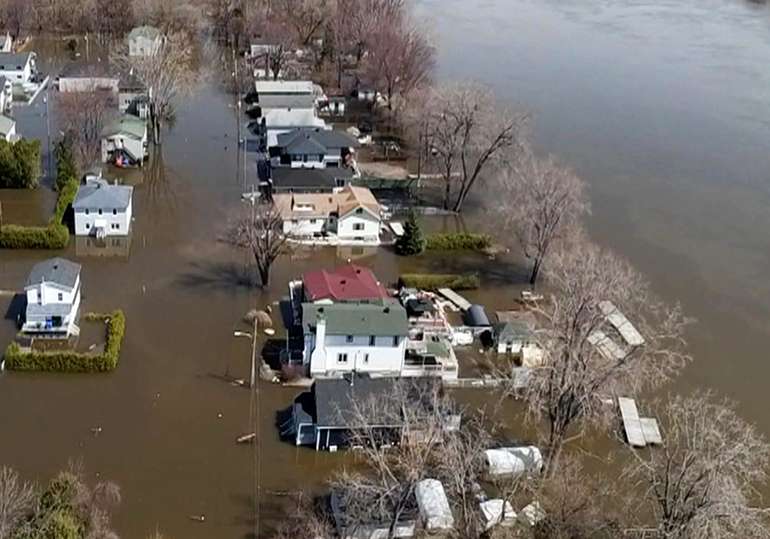
Also, as the temperature rises and weather becomes increasingly unpredictable, more rain is falling on frozen ground and now winters are also bringing an increased risk of flooding. Insurers are so freaked about ballooning water damage payouts that they’ve changed the rules on overland flooding. You can take these projections, which are freely available on line (e.g. see this link for Canada and this link for the US) and create a risk profile for your own region. And that leads us right to the topic of risk reduction, which is essential in any discussion about green building or sustainability.
Risk reduction and future-proofing homes
Growing risk from storms is one factor, but it’s really compounding historical development patterns: Over centuries we have built near water, and cities continue to grow in these places. Cities are flooding more. Surprise!
The good news is that with some basic knowledge, you can protect a home from increasingly severe weather events. Following are some basic things for the average home owner or buyer to look for if they want to reduce risks to their homes from extreme weather events.
It’s worth pointing out that below are all best practices based on a continued increase in weather damage to homes, but regrettably they are often ignored by builders and homebuyers. To protect your investment moving into the future, resilient home design must be made the focal point of the conversation and not left as an afterthought. So let’s get down to it, and we’ll start by addressing the risk of homes flooding.
How to avoid basement flooding
Are you buying a basement or a bathtub? The first thing to consider is something buyers usually ignore; are you buying a home in a flood zone? Is there a history of flooding in your neighborhood? Consider this the best way to avoid basement flooding - to not buy or build in a flood zone!
If you own a home or are considering buying one in an area of higher flood risk, talk to your insurance agent to make sure you’re covered for overland flooding. You may be covered for water damage from rising water tables, but perhaps not from water that comes in over your door’s threshold. This is a distinction that is often made by insurance companies in order to protect themselves, not you.
If you own or are buying a house and you’re concerned about the growing risk from downpours, here are some things to look for:
- Large roof overhangs protect windows, doors and walls and keep storm water away from foundations
- Whether you choose a basement or a slab on grade, slope your property so that water runs away from your home rather than towards it
- Install window wells with plastic covers on windows close to grade level
- Although I don’t like rain gutters (they often get damaged in winter or blocked with debris) but sometimes they’re necessary, especially on the uphill side of a house
- Make sure you have foundation footing drains (also called weeping tiles or drain tiles) and ensure that they functioning properly
- If you install gutters, avoid directing them into those footing drains. If the drain can’t handle the volume during a heavy downpour, you may be inviting basement water infiltration. Downspouts should be directed downhill and well away from the house, read here about how to manage storm water runnoff from roofs
- In a basement with a sewer, or in a wet neighborhood, a sump pump (preferably with a battery backup) and backwater valve are essential
- And, finally, make sure your insurance coverage matches your risk level for flooding.
Many areas are suffering drought
While we’re talking precipitation, remember that some regions are facing unusually long periods without rain. Having access to endless cheap water resources is not something we can count on even in areas where fresh water seems plentiful. Until we make major infrastructure changes as well as making huge improvements in home water conservation, we should expect shortages – even in cities. Personally speaking, I conserve water with a; water saving taps and low-flow showerheads in my home and b; collecting water in rain barrels for my garden.
Needless to say, watering the lawn should always be a no-no, and certainly in a drought. Instead, turn your lawn into a drought-resistant landscape. But don’t use mulch near the house because it’s a fire hazard. Wildfire is a concern especially if you’re in what we call the wildland urban interface, like in many suburban and exurban areas, as we get more dry spells. And speaking of heat…
Climate disruption: A hot topic
For keeping homes cool, I’m a big fan of heat pumps, as they are a very efficient way to heat and cool a home. The problem is they cost money, and unless you have solar panels, they’re useless in a power outage. Why not start with solutions for keeping a home cool that don’t include mechanical air conditioning? Passive heating and cooling should be at the top of the list; an easy first step where roofing is concerned, is to opt for roof coverings with lighter colours, as they reflect more heat.
Also make sure that your attic is properly ventilated. Heat can migrate from a hot attic into the top floor of your home. Next, protect your house with overhangs. I’m mystified by these new house designs with no eaves. In addition to protection from rain, an extended roof with large soffits will help with ventilation and keep high summer sun off walls and out of windows.
Likewise, choose quality windows and consider awnings on windows that get lots of summer sun. Look to trees for shading when situating a new house if possible, and plant trees for the future. Deciduous trees can offer shade in the summer while allowing the winter sun in for free heat.
Next; a newly paved jet-black driveway is a heat storage battery that will collect heat during the day, and radiate it back at you at night when you’re trying to sleep. There are water-permeable laneway alternatives to asphalt that will cool the air around your house, and also look cool next to your drought-resistant landscaping.
Lastly, look at wind maps for your region and look at your house’s orientation. Can you design your windows to maximize natural ventilation, maybe by choosing casement windows that open to catch the wind?
Build a home now to withstand climate change
Above are just a few of the many structural elements that the average home owner, buyer or builder should consider in design or when shopping for a new home. The risks and conditions are more extreme than in decades past, so the solutions and protections must be carefully considered.
Other normal challenges are compounded by the climate crisis. Tornados and hurricanes are getting more destructive, so if you’re living in areas at high risk, see this article about hurricane proof house building techniques. And wildfires are causing increasing damage and tragedy almost yearly it seems, as we experience increased hotter temperatures and severity of droughts.
For the protection of human life, your home and your investment, I strongly recommend that everyone go into a home build or purchase with eyes open and consider everything – starting with the location, then the foundation and everything up to the roof and make sure it is ready for the specific challenges of the climate where it is built. In closing let me say don’t be scared, be prepared. Risks are all around us all the time, we just need to be aware of them and adapt accordingly.
Start prepping for climate disruptions now – before the next storm. Current building codes and the majority of standard home construction practices are based on climate conditions that no longer exist, so be proactive and take care of your home. Build it to be ready for a tougher future instead of an easier past, and your home will take care of you in return.
Gary Martin is a former home builder and remodeler, and now studies and teaches climate change adaptation.
Now that you know more about Future proofing homes so they can withstand climate change, find more pages about sustainable and resilient green building techniques here :
Find more about green home construction in the EcoHome Green Building Guide pages or to learn more about the benefits of a free Ecohome Network Membership, see here. |
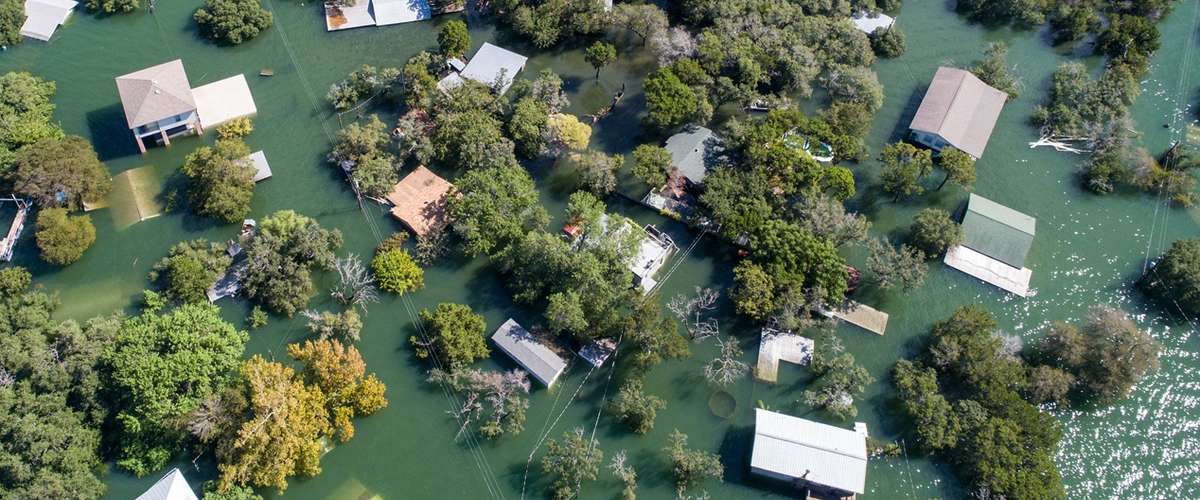














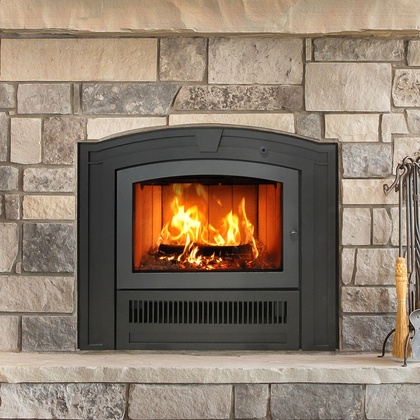





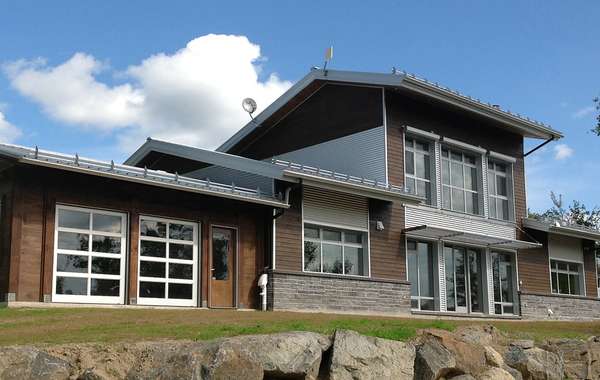

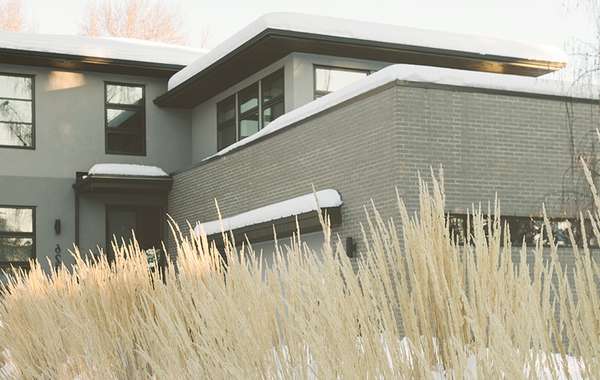
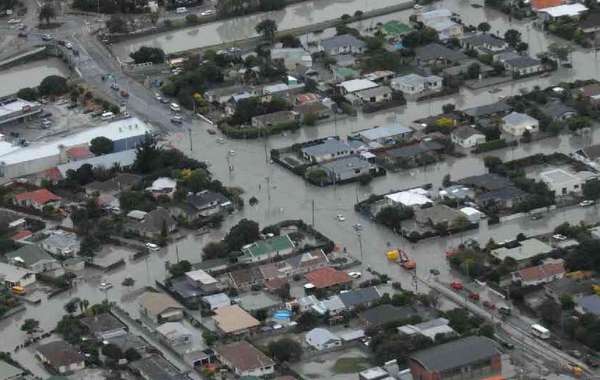
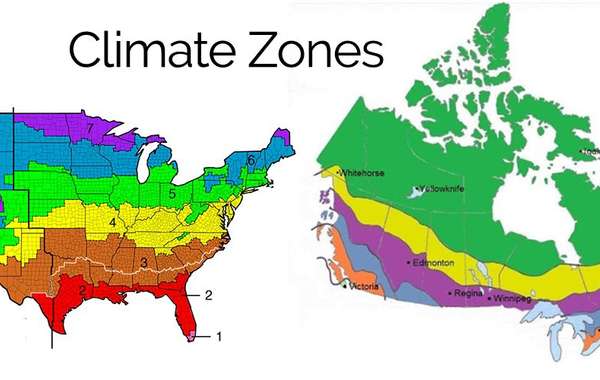
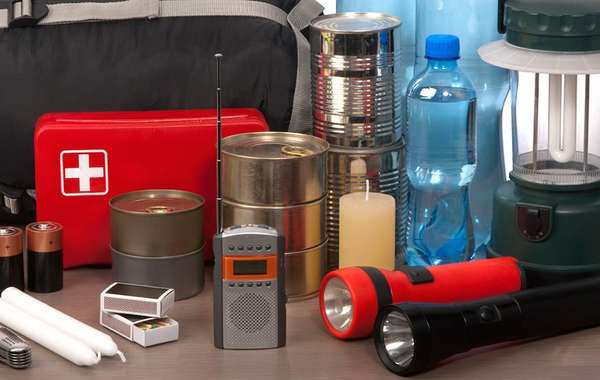
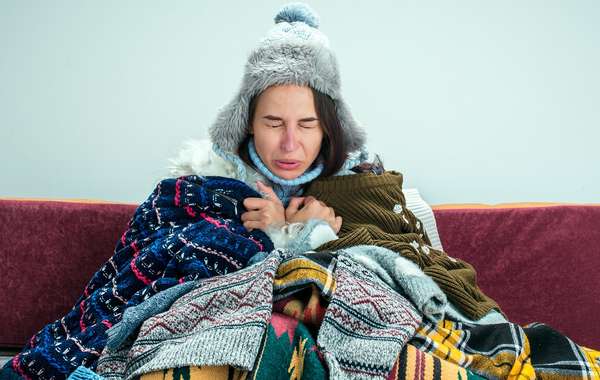
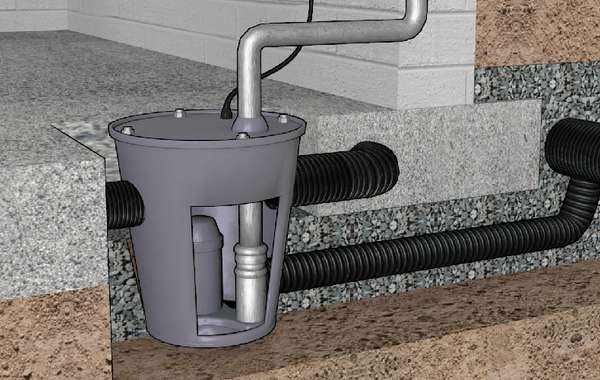
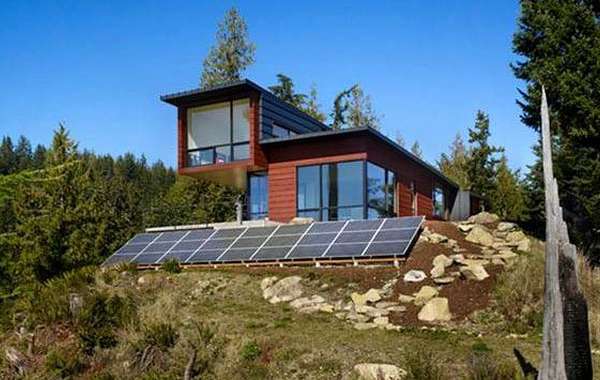

Comments (0)
Sign Up to Comment